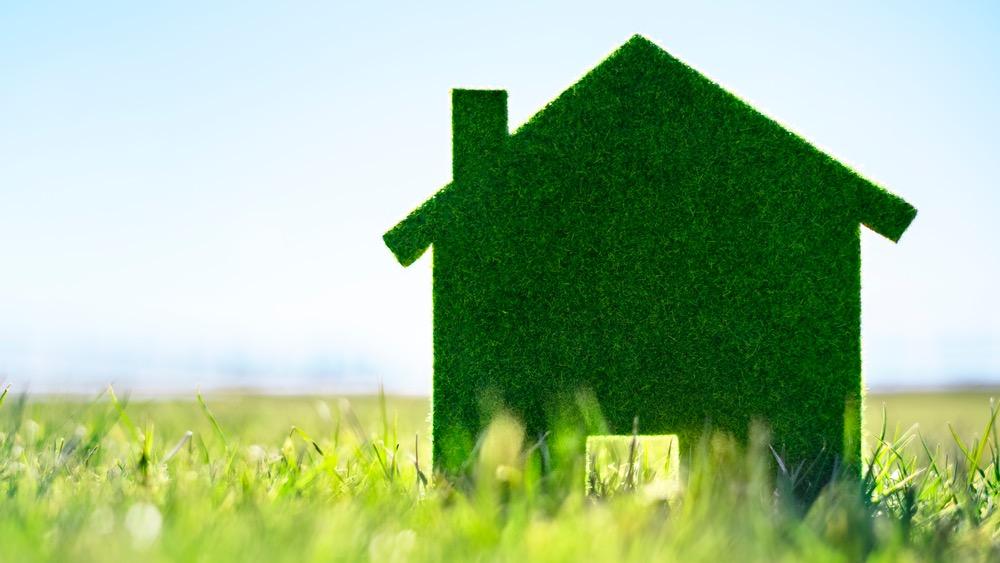There are a variety of ways that you can improve the environmental friendliness of your home without spending a lot of money or overhauling your entire life. Here are four ways you can begin your journey toward green living at home.
Find ways to be more energy efficient
The first step in making your home greener is to make sure that you’re not wasting resources, such as electricity and water. Whether you have solar panels, geothermal setups, or energy efficient appliances, this is one of the main ways to save both energy and money. Consider upgrading your old appliances to more energy efficient ones, swap traditional, incandescent light bulbs for LEDs, and make sure your HVAC system is up and running to code. When possible, run ceiling fans instead of the air conditioner, or if the climate where you live allows, simply dress more warmly inside for colder weather.
By reducing energy use, you can help improve air quality, curb greenhouse gas emissions, encourage energy independence and save money!
Read 25 Things you Can do Now to Reduce Air Pollution.
Make Sure Your Home is Properly Insulated
Older houses tend to follow outdated insulation standards. Over time, heat and air conditioning can leak out, causing you to spend more money on monthly utility bills. Make sure your house is insulated well and consider glazing windows to prevent hot and cold air from escaping. If you’re in the mood for a remodel, consider taking a page from this project, which uses straw bales as insulation. The idea is that air can be trapped, keeping the interior warm in the winter and cool in the summer—what could be more natural?
Embrace Natural Cleaning Products
Many people tend to shy away from natural cleaning products because they cost a bit more than other brands, but there are many benefits to using natural cleaning products. Not only are they safe to use, but they also reduce the amount of chemicals being circulated throughout your home, ultimately improving indoor air quality. The products also smell amazing and do just as good a job of cleaning as chemical cleaning solutions do. Nowadays, there are so many great natural brands that you don’t have to sacrifice cleaning power or price for a product that helps the earth. Better yet, use what you have around the house and make your own cleaning spray.
Use the Garden to Your Advantage
There are many plant-related ways to make your home greener. For example, you could consider composting kitchen scraps and using them as fertilizer. Save your eggshells, tea leaves, coffee grounds, and fruit and vegetable peelings. Mix them with water and some yard trimmings to create a nutrient-rich fertilizer for almost no cost.
You could also grow a garden where you plant and harvest your own fruits and vegetables at home. This could cut down on food and plastic waste, as having your own garden could cut back on the amount of trips to the grocery store. Be sure to water your garden in the morning or evening when the weather is cooler, and if you mow your lawn, leave the grass clippings on the freshly-mown grass for fertilizer.
Remember: You don’t have to be wealthy or have a lot of resources to make your home a little greener. Just a few simple tweaks will help you do your part to save the earth.













